Business Models as Product Strategy: A Deep Dive
Incentive-Driven Product Development in Action: Case Studies of Alignment and Conflict
Behind every successful product lies a powerful, often-overlooked force: the business model. Far more than a revenue plan, it shapes every product decision.
From Spotify's freemium to Workday's enterprise approach, each model creates unique incentives guiding development. We'll explore how industry leaders leverage these hidden forces, showing you how to transform your business model into a strategic tool for aligning user value with business success.
By the end of this article, you'll have actionable insights to:
Strategize with your business model: Understand how 6 different models (Freemium, Subscription, Marketplace, Ad-Supported, Enterprise, Hybrid) shape product decisions and incentives.
Align stakeholder interests: Implement a framework to analyze motivations and conflicts within your model.
Evolve strategically: Learn from 2 case studies (Apple and TikTok) on adapting business models to changing needs.
Make data-driven decisions: Ask key questions to evaluate choices against your business model and vision.
Communicate effectively: Frame product decisions within your business strategy, enabling stronger leadership.
1. Understanding the Invisible Force: How Business Models Shape Product Decisions
Your business model is far more than a financial blueprint — it's the invisible force driving your product's evolution. This strategic framework dictates how value is created, delivered, and captured, establishing a set of incentives that influence every aspect of your product. From feature prioritization to long-term strategy, user experience to team dynamics, your business model acts as the backbone of your product development process, effectively becoming your product strategy in action.
The Essence of Incentive-Driven Development
Incentive-driven development is the practice of consciously aligning your product decisions with the incentives created by your business model. It's about crafting a system where what's best for the user naturally aligns with what's best for the business. When done thoughtfully, this approach becomes your secret weapon in navigating the complex landscape of product management.
Why Business Models Matter in Product Strategy
Stakeholder Alignment: Your business model provides a framework to balance the diverse needs of users, developers, business stakeholders, and investors. It enables you to make decisions that satisfy multiple, often conflicting, priorities simultaneously.
Strategic Decision-Making: Understanding how your business model influences user experience and product evolution allows you to make informed decisions. You can better anticipate how product changes will affect both user satisfaction and business outcomes.
Long-term Planning: Business models, once established, are challenging to change. They set user expectations and guide team approaches to development and growth. Recognizing this persistence helps you plan for the long-term implications of your decisions.
Avoiding Pitfalls: By recognizing and adjusting the incentives inherent in your business model, you can avoid common traps like neglecting existing users while pursuing growth. For example, consider a freemium model for a cloud storage service:
Initial Incentive: Offer free storage to build a large user base.
Challenge: Balance monetization pressure with maintaining value for free users.
Solution: Carefully design incentives to introduce premium features for power users while preserving a valuable free tier.
As you guide your product's development, remember that every decision you make is both influenced by and contributes to the incentive structure created by your business model. Your choices shape your product's future trajectory, whether you're working within an inherited established framework or designing a new one.
💡 Key Takeaway: Your business model is more than a financial plan — it's your product strategy in disguise. Make it a habit to ask these two questions:
How do our current business model and its incentives align with our product goals?
How does this product decision impact our incentive structure, and does it align with our long-term vision?
This simple practice can help you anticipate unintended consequences, align stakeholders, and make more strategic product decisions, ensuring that your business model truly serves as an effective product strategy.
2. Mapping the Business Model Landscape: From Freemium to Enterprise
As we've established, your business model serves as the invisible architect of your product strategy. But how does this play out across different types of businesses?
Understanding Your Incentive Ecosystem
Before we dive into specific models, it's crucial to understand the ecosystem of incentives surrounding your product. Imagine your product as the center of a complex web, with various stakeholders pulled by different forces. To map this ecosystem, ask yourself:
Who are the key players? Think beyond just users - consider your team, investors, partners, and even potential competitors.
What motivates each group? Understand the unique goals and desires driving each stakeholder.
Where do these motivations clash? Identify potential points of friction where interests don't align.
Where can everyone win? Look for opportunities where multiple stakeholders' needs can be met simultaneously.
This exercise isn't just theoretical — it's a practical tool that can shed light on why certain product decisions feel challenging, and guide you towards more balanced solutions.
The Business Model Spectrum: Shaping Products Through Incentives
Now, let's explore how 6 different business models create unique incentive structures. As we go through each model, we'll examine the core challenges they present, how they align (or misalign) stakeholder interests, and the key strategic questions to consider:
1. Freemium: The Art of Giving to Get (e.g. Spotify)
The freemium model is a delicate balancing act. At its core, it's about using a free offering as a lead magnet to attract users, then enticing them towards a premium version.

The PM's Tightrope Walk: How do you craft a free experience compelling enough to attract users, yet limited enough to drive upgrades? It's like hosting a tantalizing buffet where the best dishes are just out of reach.
Stakeholder Tug-of-War:
Users crave maximum value without opening their wallets.
The business hungers for conversions to sustain growth.
The product team is caught in the middle, tasked with satisfying both appetites.
Strategic Question:
Does this enhance our core offering, or does it create a compelling reason to upgrade? — It's about strategically placing value to guide users along the desired path.
2. Subscription (SaaS): Building Long-Term Relationships (e.g. Adobe)
In the subscription model, it’s all about playing the long game. Here, the focus shifts from one-time transactions to ongoing value delivery.
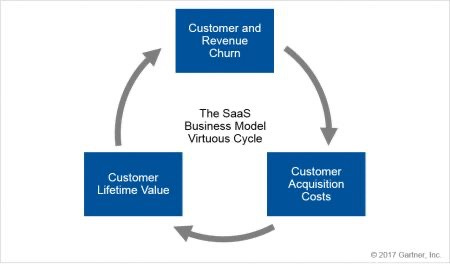
The PM's Balancing Act: How do you keep the spark alive in your product relationship? It's about consistently delivering value to retain existing users while still attracting new ones.
Stakeholder Dynamics:
Users expect a constantly evolving and improving experience.
The business needs steady revenue and growth.
Product teams must innovate continuously, serving both new and existing users.
Strategic North Star:
Every product decision should be weighed against its impact on retention and lifetime value. It's about building a product that users fall in love with over and over again.
3. Marketplace: The Delicate Dance of Supply and Demand (e.g. eBay)
In the marketplace model, success hinges on creating a trustful environment that enables healthy transactions at scale between buyers and sellers.
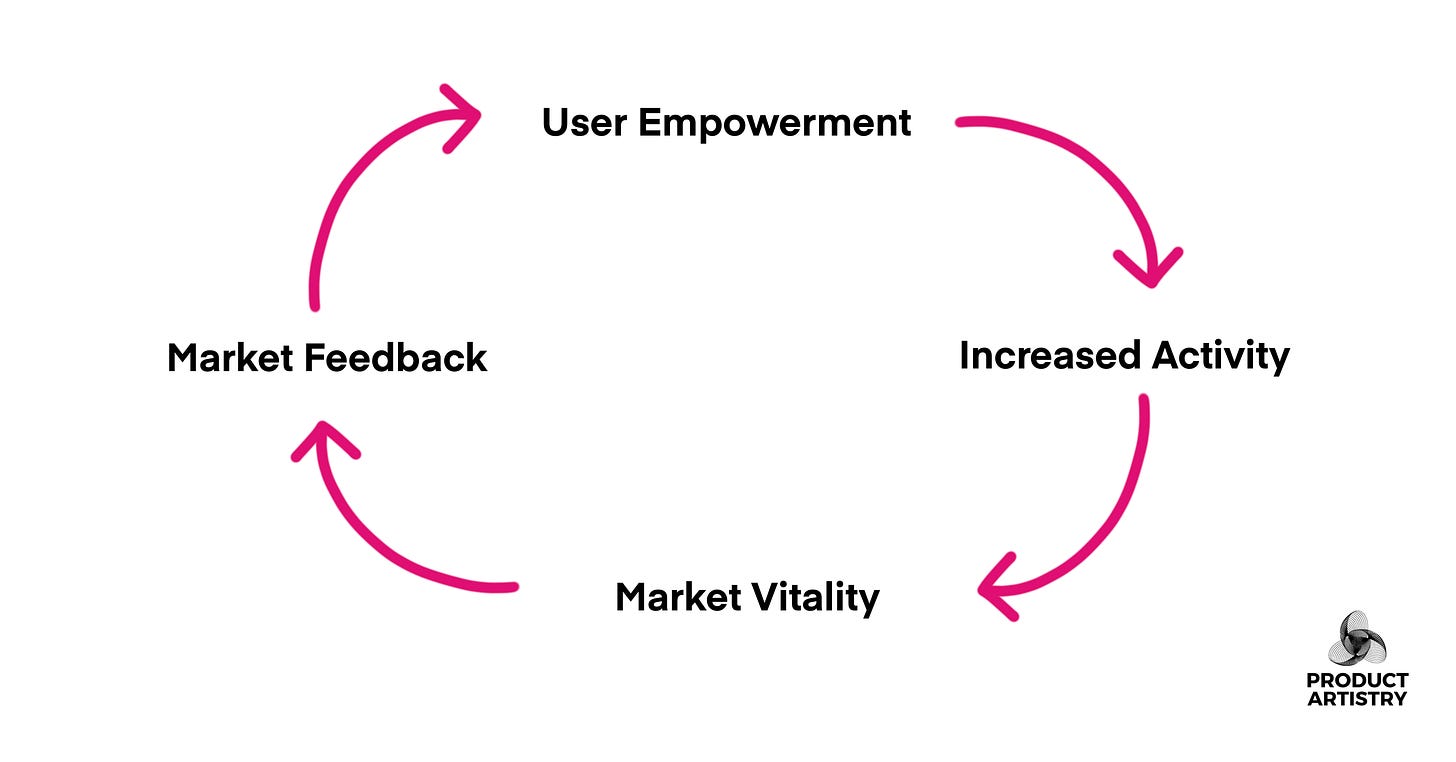
The PM's Balancing Act: How do you create an ecosystem where both sides of the market thrive? It's like being a matchmaker, ensuring that for every seller, there's a buyer, and vice versa.
Stakeholder Dynamics:
Buyers seek quality, affordability, and choice.
Sellers crave profitability and ease of use.
The platform itself needs to facilitate transactions and grow.
Strategic Question:
Every decision must be evaluated through the lens of market equilibrium.
Does this feature benefit one side of the market without alienating the other? — The goal is to create a virtuous cycle where more buyers attract more sellers, and vice versa.
4. Ad-Supported: The Attention Economy (e.g. Facebook, Instagram)
Social media giants have mastered the art of monetizing user attention. Here, the product is not what the user consumes, but the user's attention itself.
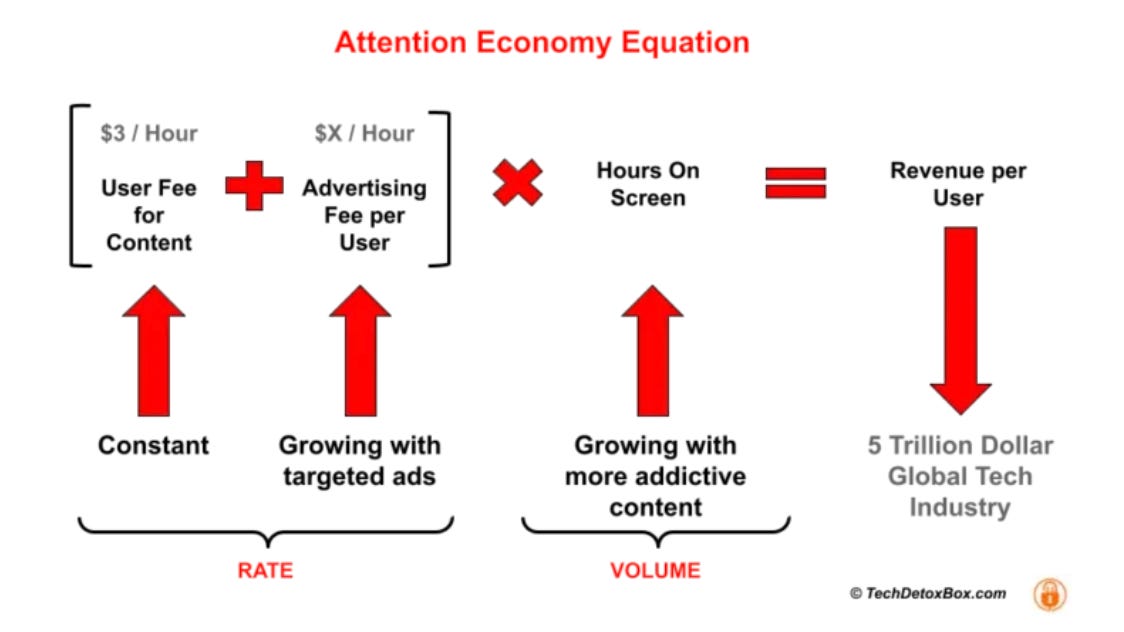
The PM's Tightrope Walk: How do you maximize engagement without turning your product into an ad-filled wasteland? It's about striking a delicate balance between user experience and advertiser value.
Stakeholder Tug-of-War:
Users demand valuable content and seamless experiences.
Advertisers hunger for attention and conversions.
The business needs to effectively monetize user engagement.
Strategic Compass:
For every product change, consider its impact on both engagement metrics and user satisfaction scores. The holy grail is creating engaging features that naturally integrate with ad experiences, making them feel less intrusive and more relevant.
5. Enterprise: Scaling Personalization (e.g. Workday)
Enterprise software providers face the unique challenge of delivering tailored solutions at scale.
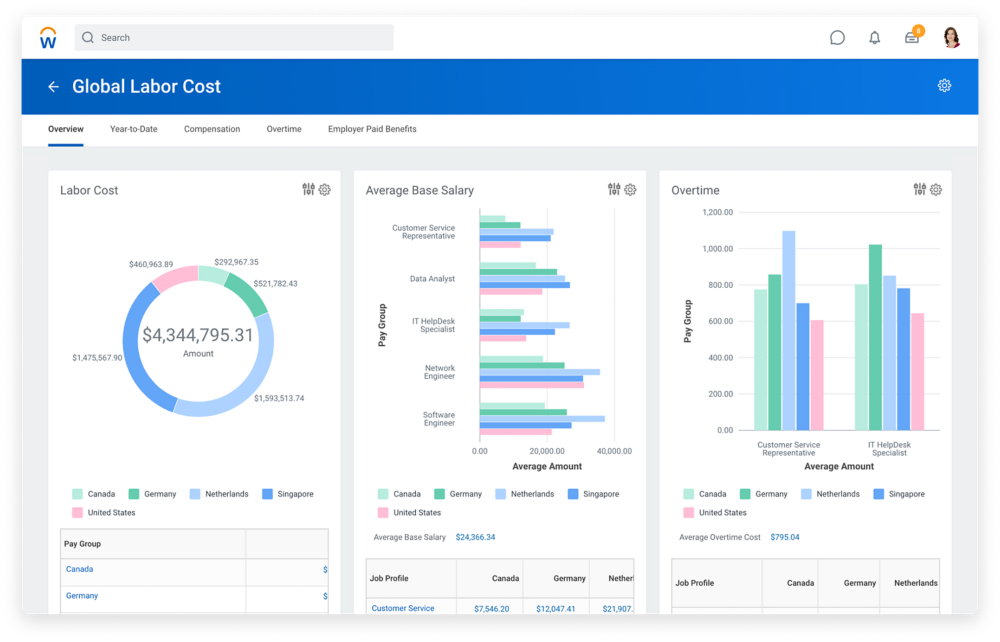
The PM's Puzzle: How do you offer the customization that enterprise clients demand while maintaining operational efficiency? It's like being a bespoke tailor with a factory production line.
Stakeholder Dynamics:
Enterprise clients expect solutions molded to their specific needs.
The business requires predictable revenue and efficient operations.
Product teams must balance customization capabilities with platform scalability.
Strategic Question:
What elements of this can be standardized or templated for broader application? — The goal is to create a product that feels custom-built for each client, but is actually a cleverly designed system of modular, scalable components.
6. Hybrid Models: The Ecosystem Play
Gaming platforms like PlayStation (with PlayStation Network) and Xbox (with Xbox Live) exemplify hybrid models, combining hardware sales, software licensing, and subscription services.
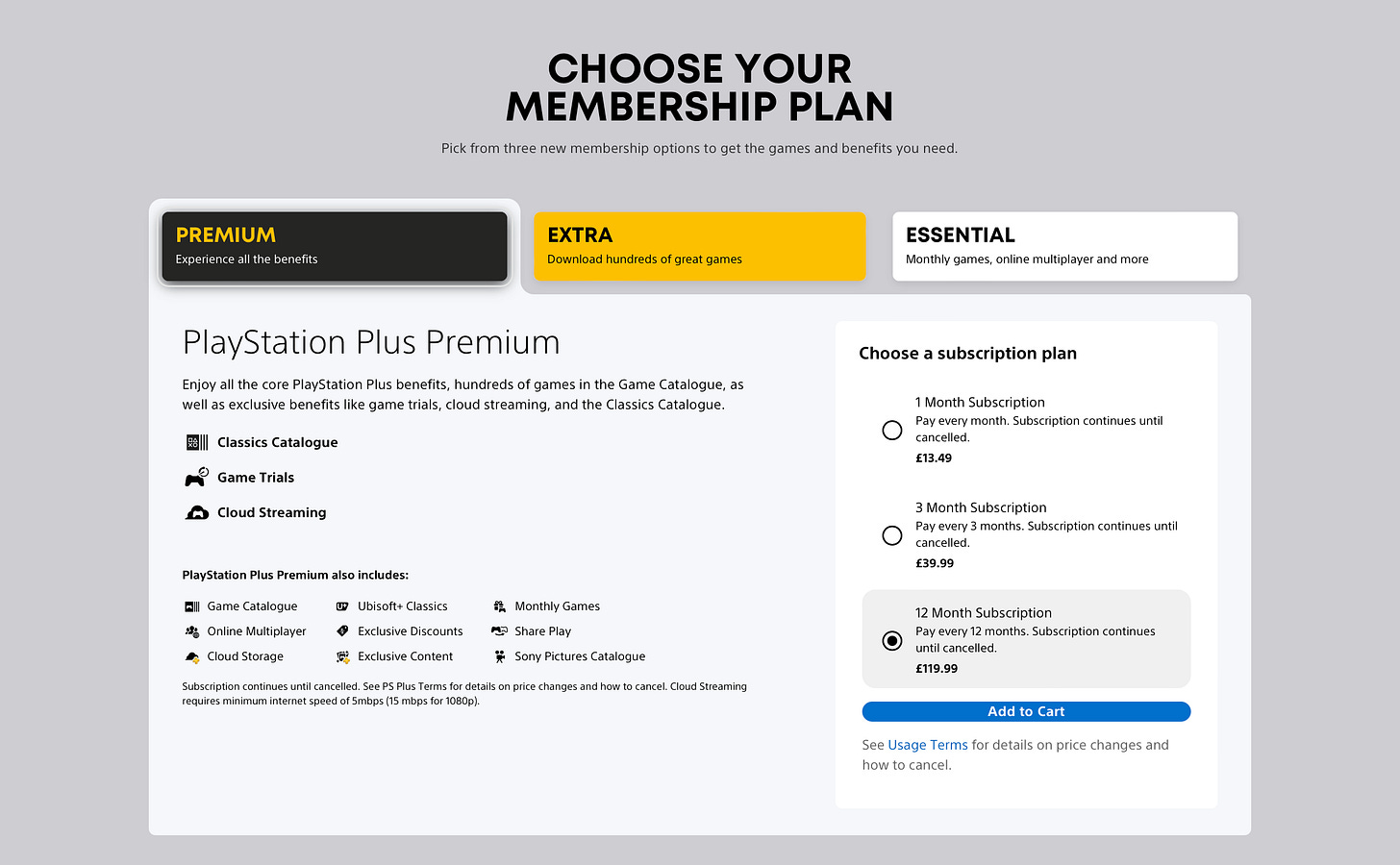
The PM's Juggling Act: How do you create synergy across multiple revenue streams without confusing users? It's like conducting an orchestra where each instrument not only needs to sound good on its own but must harmonize with the others.
Stakeholder Dynamics:
Users expect a cohesive experience across all offerings.
The business aims to maximize value capture across the entire ecosystem.
Product teams must ensure features complement rather than cannibalize each other.
Strategic Question:
How does this impact the value across our entire ecosystem of offerings? — The key is to create an interconnected product ecosystem where each element enhances the value of the others, creating a whole that's greater than the sum of its parts.
The Product Manager as Business Model Steward
From these examples, one thing becomes clear: each model creates its own unique set of incentives and challenges. As a product manager, you're not just operating within these frameworks - you're actively shaping and guiding them.
Your role is to deeply understand the dynamics created by your business model and steer your product's evolution in alignment with these forces.It's about making informed decisions within the context your business model provides.
Sometimes, it might even mean recognizing when the current model is creating conflicts or inefficiencies and advocating for strategic changes.
💡 Key Takeaway: Your business model is the lifeblood of your product strategy. Regularly step back and ask:
Is our current model still incentivising a strong product evolution?
Are we effectively serving all our stakeholders?
By maintaining this big-picture perspective, you can ensure your product doesn't just survive, but thrives in its unique business ecosystem.
3. When Business Models Evolve: Navigating the Crossroads of Strategy and User Needs
Business models shape product strategy, but they aren't set in stone. In this section, we'll explore two case studies that illustrate how companies evolved their strategies to better balance business goals and user needs, resulting in more sustainable, user-centric products.
The Great OS Giveaway: Apple's Strategic Pivot
Cast your mind back to the early 2010s. If you wanted the latest Mac operating system, you'd need decide to purchase it. It was a time when operating system upgrades were a product in themselves, a direct revenue stream for their manufacturers.
The Old Model: Pay-to-Upgrade
Business Goal: Generate recurring revenue from the existing user base.
User Need: Access the latest features and security updates without financial barriers.
The Clash: This model created a fragmented user base. Many users, reluctant to pay, stuck with older, potentially vulnerable versions of the OS.
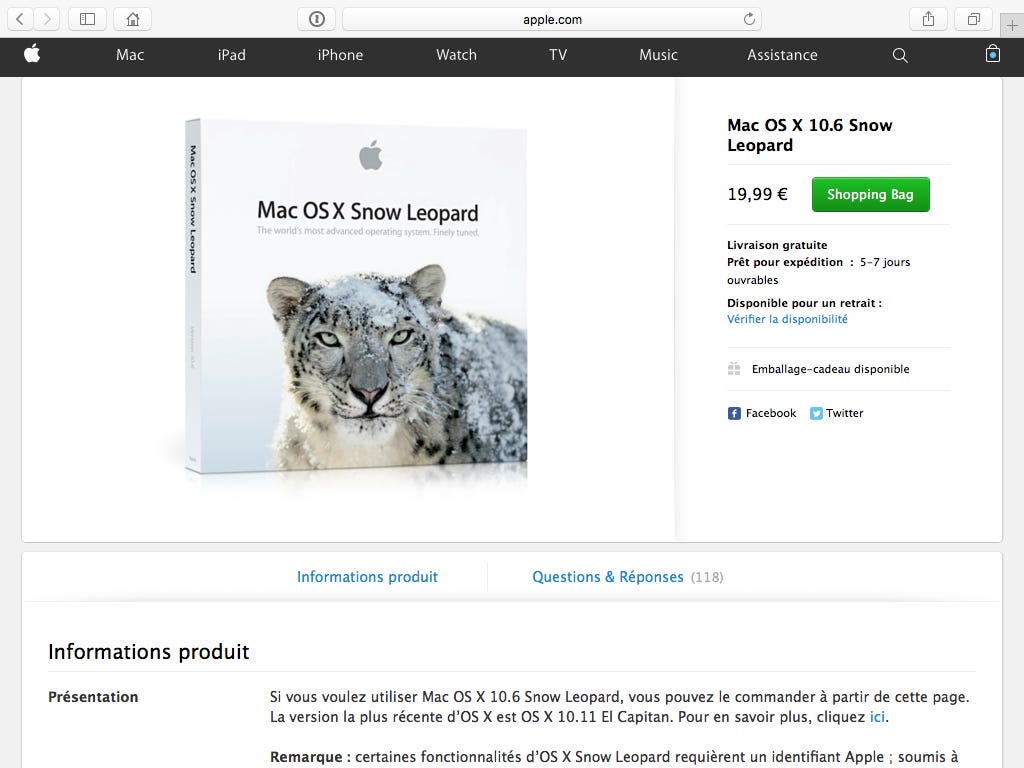
Apple made a significant change: they made the upgrade free. This wasn't just a pricing decision — it was a fundamental shift in product strategy.
The Strategic Shift: OS as an Ecosystem Driver:
Business Goal: Boost hardware sales and strengthen the broader Apple ecosystem
User Need: Lower friction access to latest innovations and security enhancements
The Harmony:
Removal of financial barrier ensured a more unified, secure user base
Indirectly drove hardware sales and app ecosystem growth
Enhanced overall user experience and loyalty to Apple ecosystem
The Lesson: Sometimes, the best monetization strategy is not to monetize at all. By reframing the OS from a product to a service that enhances the overall ecosystem, Apple aligned its business interests with user needs, creating a win-win scenario.
The Engagement Tightrope: TikTok's Balancing Act
Fast forward to today, and we find ourselves in the attention economy, where user engagement is the new currency. Enter TikTok, the short-form video platform that's mastered the art of keeping users glued to their screens.
The Initial Model: Engagement at All Costs
Business Goal: Maximize user engagement to drive ad revenue and user growth.
User Need: Discover a constant stream of entertaining, relevant content.
The Dilemma: TikTok's For You Page (FYP) algorithm became almost too good at its job, leading to concerns about excessive usage and digital well-being.
Recognizing the limitations and risks of a purely ad-supported model, TikTok began pivoting towards a more diversified strategy:
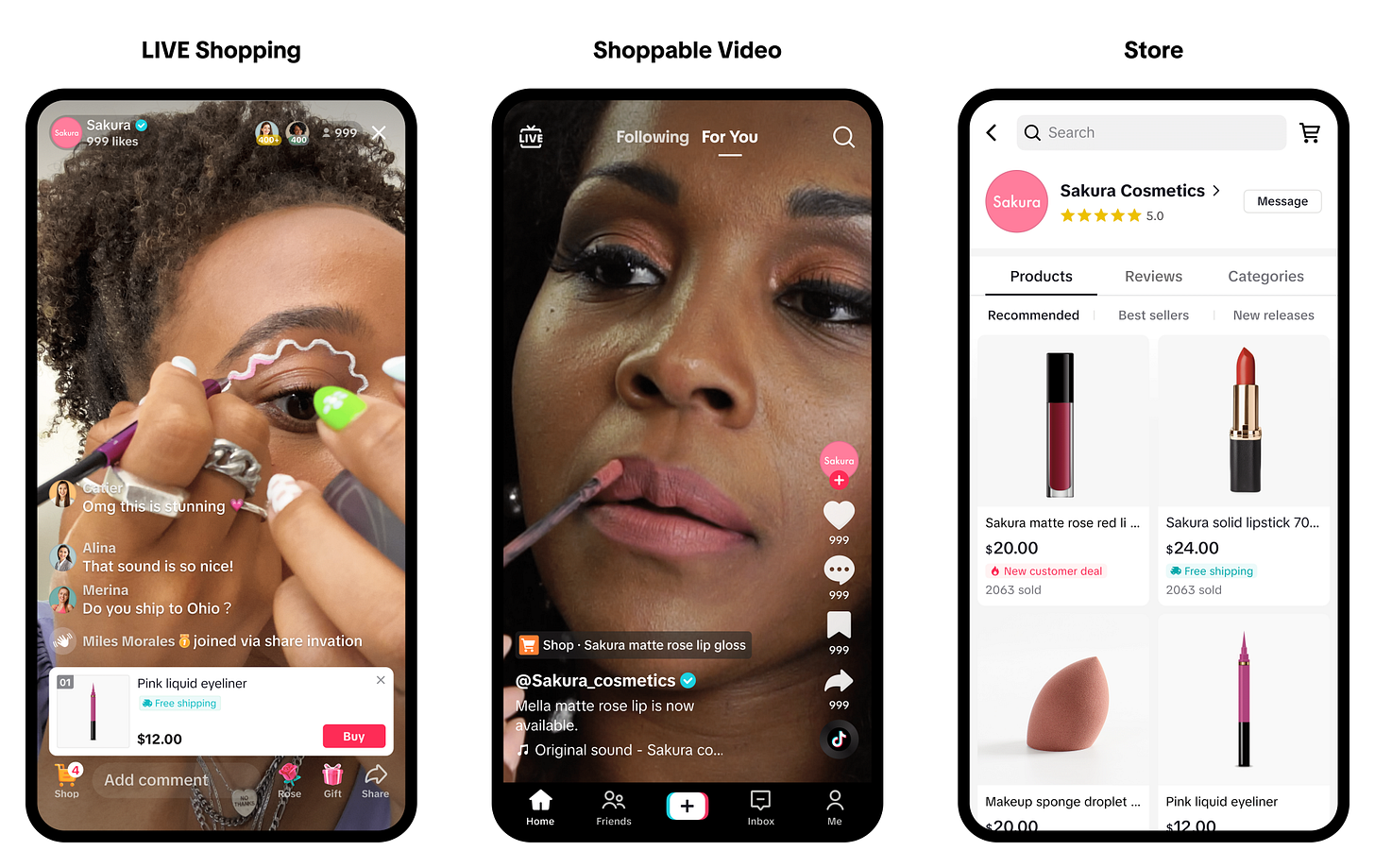
The Strategic Pivot: Towards Responsible Engagement:
2020-2022: Introduced creator monetization and digital wellbeing features
Late 2023: Launched TikTok Shop, expanding into e-commerce
Business Goal: Diversify revenue streams and promote sustainable engagement
User Need: Balance entertainment with digital wellbeing
The New Equilibrium:
Reduced dependence on advertising
Focus on meaningful engagement over pure screen time
Aligned incentives between users, creators, and platform
The Lesson: Diversifying revenue streams allows for a more balanced approach to user experience. By aligning user, creator, and platform incentives, TikTok is working towards more sustainable growth and user satisfaction.
The Art of Strategic Evolution
Both Apple and TikTok's stories illustrate a crucial lesson: successful product strategy isn't about rigidly adhering to a business model. It's about recognizing when that model needs to evolve to better serve both user needs and long-term business goals.
💡 Key Takeaway: Your business model isn't set in stone. The most successful products evolve their strategies to create alignment between business objectives and user needs. As a product manager, your role is to be the catalyst for this evolution, continually seeking ways to create value for both your users and your business.
4. Conclusion: Navigating the Business Model Landscape
As a product manager, your role is to be a strategic steward of your business model. When navigating product challenges, consistently ask yourself:
How does this decision reinforce or evolve our business model?
Are we creating alignment between user needs and business objectives?
Are we building long-term value, or just chasing short-term metrics?
Remember, the most successful products aren't just well-designed — they're strategically aligned with a business model that creates sustainable value for both users and the company. By mastering this alignment and being willing to evolve when necessary, you'll build products that don't just succeed, but redefine markets.
Let your business model be your guide — but never your limit. Stay curious, remain adaptable, and always keep sight of the ultimate goal: creating genuine value by solving real problems for your users and your business.
Thanks for reading!—Found value in this? Three ways to help:
Like, Comment, and Share—Help increase the reach of these ideas
Subscribe for free—Join our community of makers
Become a paid subscriber—Support this creative journey
Keep Iterating,
—Rohan




Really loved the Tiktok example. Instead of going down the traditional path and making a tiktok premium they really got creative and understood deeply what their users looked like as well as their behavior.
I know a guy who was part of this growth experiment and he said that customers absolutely loved it, especially on a supply side.
I do feel like these examples make articles way more valuable!
I've experienced this lesson first hand: 'Sometimes, the best monetization strategy is not to monetize at all. Counterintuitive, but incredibly effective. Of course, this works best when you already have a reliable revenue stream for your main services or products, so people have a clear way to pay for the value you provide.
Thank you for sharing this, it was very insightful. I didn't know about many of the business models you mentioned.